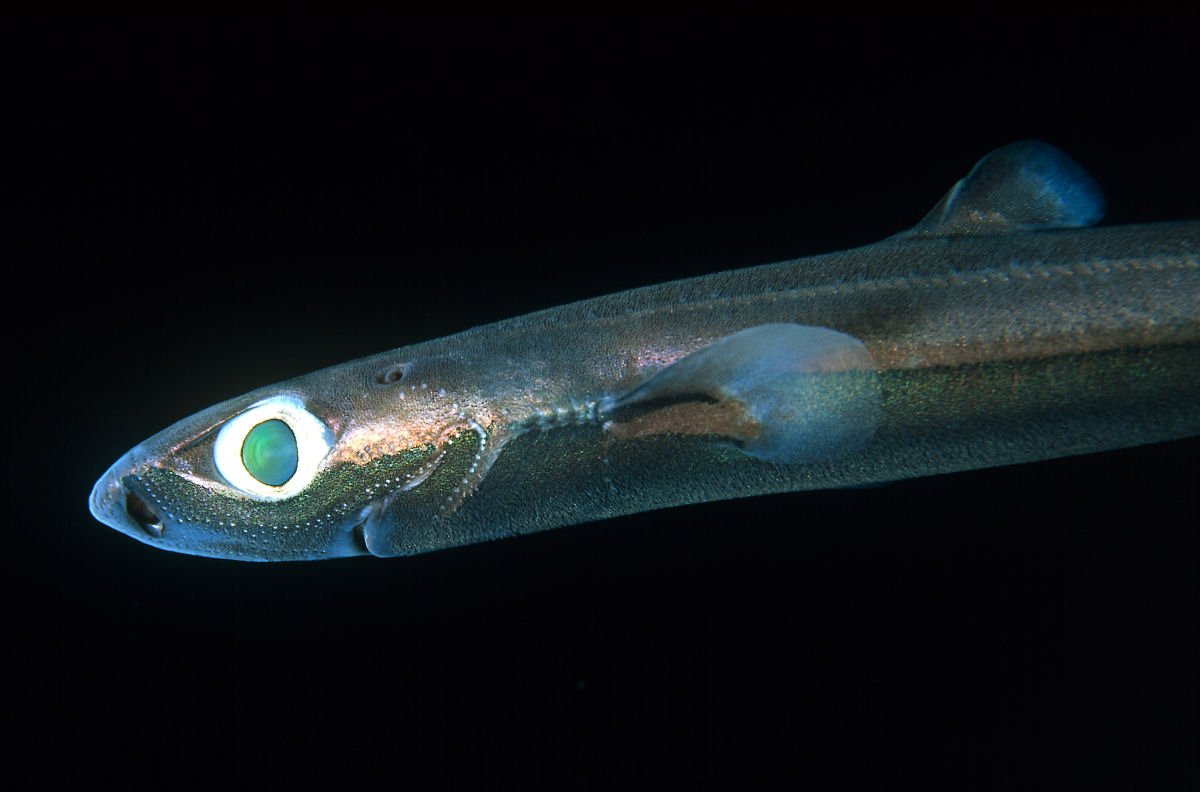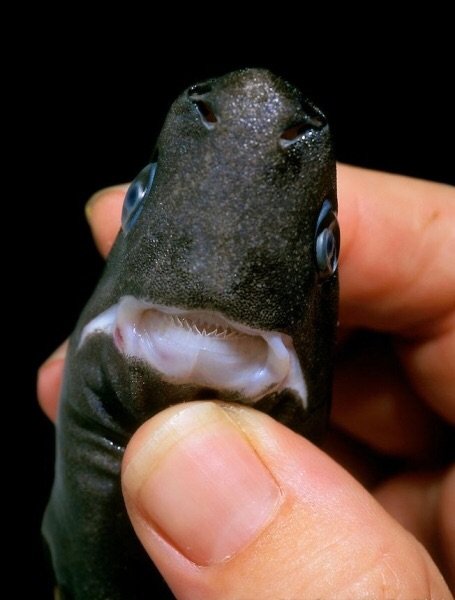

Pups are hatched or born, they look like the miniature version of their parentsĦ4 species of oceanic sharks in its endangered species list in 2009 due toĮxcessive finning and fishing. While the gestation period for viviparous species ranges between 9 and 22 Of oviparous sharks emerge after their eggs hatch in approximately 6-12 months Other species like the hammerhead, smooth-hound, and requiem sharksĪre viviparous (give birth to fully-formed, live pups). Shark, swellshark, catshark, and Port Jackson shark are oviparous (the mother Ovoviviparous (eggs develop inside the mother). Including the sand tiger shark, whale shark, basking shark, and dogfish are To transfer sperm and fertilize the eggs inside her body. Inserts his clasper (an extension of his pelvic fin) into the female’s oviduct Sharks give out chemical signals (pheromones) to attract males. Whitetips, threshers, and silkies reproduce throughout the year. Reproduces once in three years while pelagic species like the oceanic Season varies across different shark species, such as the tiger shark Those that eat fish possess needle-like teeth suitable for gripping, while species that prey on mammals have triangular teeth with serrated edges for cutting flesh.

Small shark species, however, kill and feed once or twice aĭay because they do not have to use a considerable amount of energy in Hunting activities expend plenty of energy, large sharks eat only a couple of Shark species, like the hammerhead sharks, socialize and form groups or ‘schools’. They meet only during mating season or when searching for food in a particular BehaviorĪre most active at dawn, dusk, and night and prefer hunting at night.Īquatic predators remain solitary most of the time, swimming and hunting alone. Rays, and the blue shark likes eating squids. Shark particularly likes feeding on turtles, while hammerhead shark prefers Some even have specific preferences, such as the tiger Large fish species including mackerel, tuna, and small sharks make up the diet Mammals like porpoises, seals, sea lions, and dolphins, and Predators in the oceanic ecosystem with their diet consisting of mollusks,Ĭrustaceans, and fish. With an estimated lifespan of about 300-500 years. Greenland sharks are known to live the longest, Sharks live for about 20-30 years, the spiny dogfish and whale shark have Sharks are not typically found below 3,000 m (10,000 ft), a Portuguese dogfish They commonly live atĭepths of about 2,000 m (7,000 ft) while some can swim even deeper. Most shark species inhabit the seas, a few exceptions including the river sharkĪnd bull shark can swim both in freshwater and seawater. Gulf of California, Coral Triangle, Galapagos, and Coastal East Africa. The areas where most shark species are found include the Mesoamerican Reef, Off the coasts of North and South America, Africa, Europe, Asia, and Australia.

Remain close to freezing temperatures throughout the year. Heterocercal in sharks, meaning that the upper portion is visibly larger thanįound in all oceans and seas, excepting the waters of Antarctic Peninsula that Of soft filaments of an elastic protein called ceratotrichia. Here are some of the different types of shark species that are commonly found:įins: Sharks usually have eight fins made There are around 500 species of sharks divided into 12 orders, out of which four orders are now extinct.


 0 kommentar(er)
0 kommentar(er)
